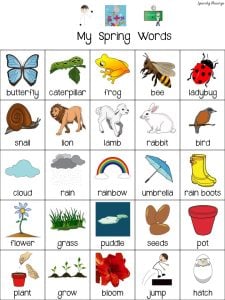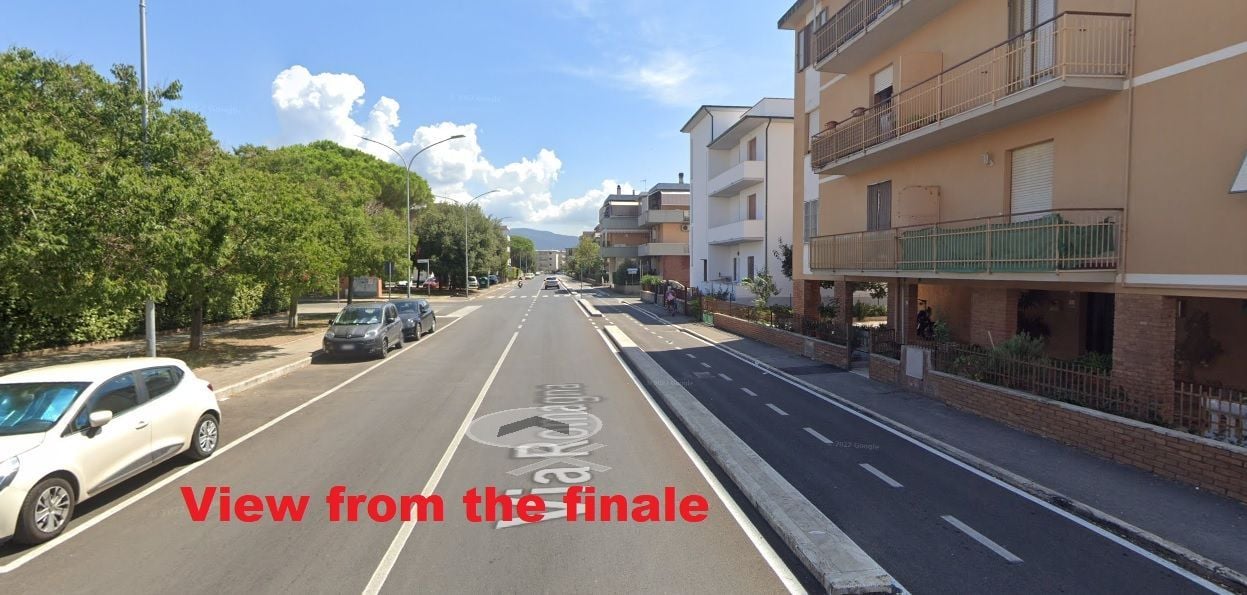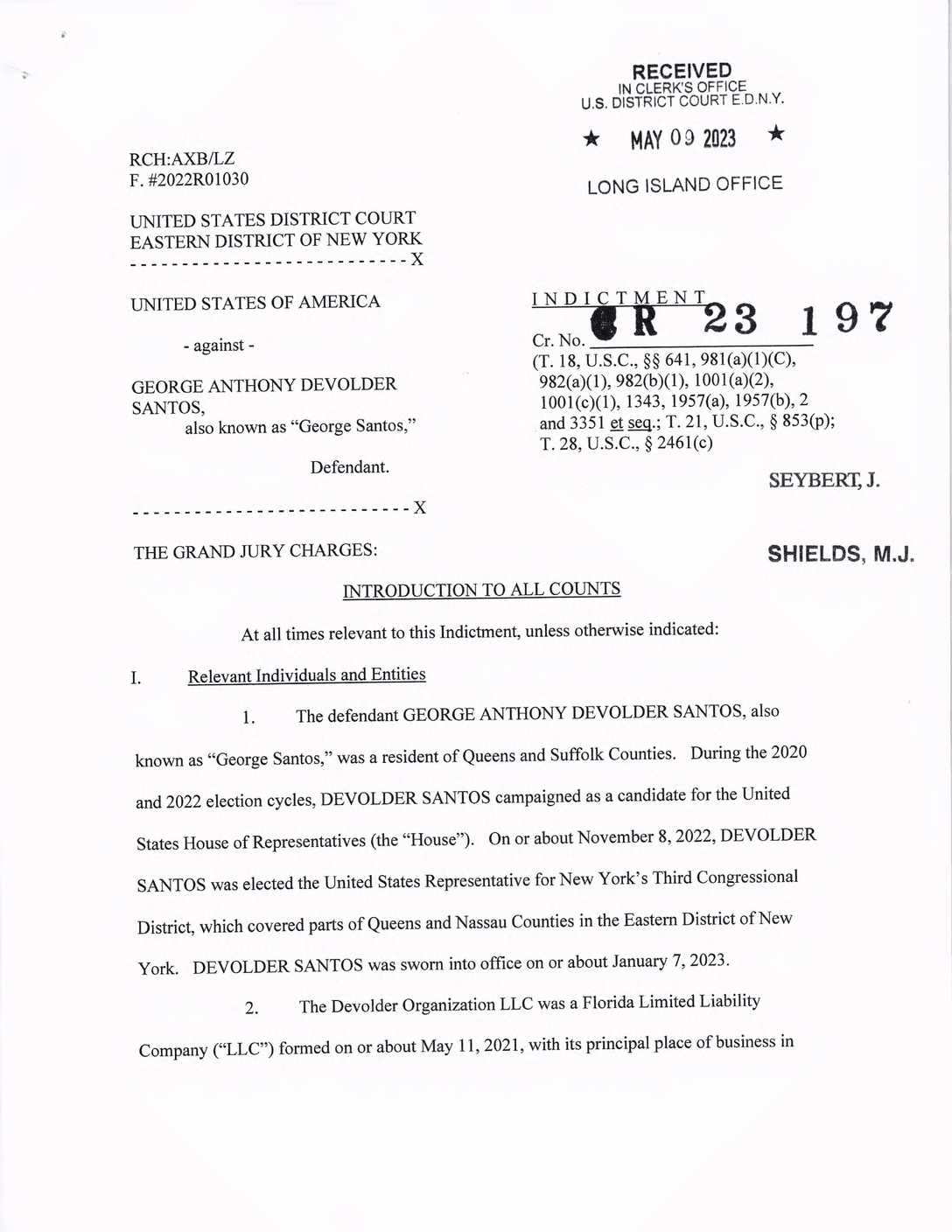Master The Language Of Spring: A Lente Vocabulary Guide

Table of Contents
Flowers and Plants of Spring (Lente Bloemen en Planten)
Flowers and plants hold a significant place in Dutch spring celebrations and literature. The vibrant colors and fragrances of blooming flowers symbolize renewal and rebirth, often featured in poems, paintings, and festivities. Let's explore some common spring flowers:
-
Tulp (Tulip): The Netherlands is world-renowned for its tulips. These kleurrijk (colorful) and geurig (fragrant) blooms are a quintessential symbol of spring, celebrated annually at the Keukenhof Gardens. Many varieties burst into bloom, offering a spectacular display of bloeiende (blooming) beauty.
-
Narcis (Daffodil): These cheerful yellow flowers are another harbinger of spring, their sunny appearance brightening gardens and parks across the Netherlands. Their bright color adds a touch of joy to the landscape after a long winter.
-
Hyacint (Hyacinth): Known for their intense fragrance, hyacinths add a delightful scent to the spring air. Their tightly clustered flowers come in a variety of colors, adding to the vibrant tapestry of the season.
-
Krokus (Crocus): These delicate flowers often appear amongst the first signs of spring, their purple, yellow, and white petals pushing through the thawing earth. Their early arrival signifies the season's awakening.
-
Madeliefje (Daisy): These simple yet charming wildflowers represent the purity and innocence of spring, adorning meadows and fields with their delicate white petals. Their common appearance makes them a beloved symbol of the season.
Spring Weather and Activities (Lente Weer en Activiteiten)
Spring in the Netherlands brings a welcome change in weather after the cold winter months. Descriptive words help paint a picture of this transition:
-
Zonnige dagen (Sunny days): Longer days bring warmer temperatures and an abundance of sunshine, inviting people outside to enjoy the lentezon (spring sun).
-
Lichte regen (Light rain): Occasional showers are common, but generally gentle and refreshing, providing moisture to the newly awakening plants.
-
Zachte wind (Gentle breeze): A soft breeze carries the scent of blooming flowers, contributing to the overall pleasantness of the spring weather.
-
Warme temperaturen (Warm temperatures): While not scorching, the temperatures become steadily warmer, making outdoor activities more enjoyable.
This pleasant weather encourages a variety of buitenactiviteiten (outdoor activities):
-
Fietsen (Cycling): A popular pastime in the Netherlands, cycling becomes even more enjoyable in the spring with pleasant temperatures and scenic routes.
-
Wandelen (Hiking): Exploring the Dutch countryside on foot is a great way to appreciate the beauty of the blooming landscape.
-
Picknicken (Picnicking): Enjoying a picnic in a park or by the water is a quintessential spring activity.
-
Tuinieren (Gardening): With the warmer weather, many people start their gardening projects, planting flowers and vegetables.
Idioms and Expressions (Lente Idiomen en Uitdrukkingen)
Dutch idioms and expressions add depth and richness to the language, providing colorful ways to describe spring. Here are a few examples:
-
Het is lente in mijn hart (It's spring in my heart): This expression conveys feelings of happiness, renewal, and optimism associated with the season.
-
De lente in de lucht voelen (To feel spring in the air): This idiom describes the anticipation and sensation of spring's arrival, even before its full presence is evident.
These uitdrukkingen (expressions), gezegdes (sayings), and spreekwoorden (proverbs) add a nuanced understanding of the cultural significance of spring in the Netherlands.
Birds and Animals of Spring (Vogels en Dieren van de Lente)
The arrival of spring brings the return of migratory birds and the awakening of animals from their winter slumber. Many species associated with spring are part of the rich lente vocabulary:
-
Zwaluw (Swallow): These birds are a welcome sight, their arrival signaling the beginning of warmer weather.
-
Leeuwerik (Lark): The cheerful songs of larks fill the air, adding to the joyous atmosphere of spring.
-
Egel (Hedgehog): These prickly creatures emerge from hibernation, ready to forage for food.
-
Konijn (Rabbit): Rabbits become more active, their young adding to the abundance of life in the spring.
Conclusion
By mastering key elements of the lente vocabulary, you gain a richer appreciation for the Dutch language and its connection to the beauty of spring. Learning these words and phrases allows for more meaningful engagement with Dutch culture and enhances communication skills. Now that you've mastered some key elements of the lente vocabulary, keep exploring and enriching your understanding of this beautiful season! Continue expanding your lente vocabulary by using online resources, engaging in conversations with native speakers, and immersing yourself in Dutch culture. Embrace the beauty of spring and its vibrant language!

Featured Posts
-
 False Greenland News A Russian Attempt To Drive A Wedge Between Denmark And The Us
Apr 26, 2025
False Greenland News A Russian Attempt To Drive A Wedge Between Denmark And The Us
Apr 26, 2025 -
 Paris Nice 2024 Jasper Merliers Double Stage Wins
Apr 26, 2025
Paris Nice 2024 Jasper Merliers Double Stage Wins
Apr 26, 2025 -
 Doj Seeks 7 Year Prison Sentence For George Santos In Extensive Fraud Case
Apr 26, 2025
Doj Seeks 7 Year Prison Sentence For George Santos In Extensive Fraud Case
Apr 26, 2025 -
 Todays Stock Market Analyzing Dow Futures And Chinas Economic Policies
Apr 26, 2025
Todays Stock Market Analyzing Dow Futures And Chinas Economic Policies
Apr 26, 2025 -
 The Next Fed Chair Inheriting Trumps Economic Challenges
Apr 26, 2025
The Next Fed Chair Inheriting Trumps Economic Challenges
Apr 26, 2025
Latest Posts
-
 Immunization Autism Link Study Vaccine Skeptics Leadership Sparks Debate
Apr 27, 2025
Immunization Autism Link Study Vaccine Skeptics Leadership Sparks Debate
Apr 27, 2025 -
 Vaccine Skeptic Leading Federal Autism Immunization Study A Troubling Appointment
Apr 27, 2025
Vaccine Skeptic Leading Federal Autism Immunization Study A Troubling Appointment
Apr 27, 2025 -
 Eliminacion De Paolini Y Pegula En El Wta 1000 De Dubai
Apr 27, 2025
Eliminacion De Paolini Y Pegula En El Wta 1000 De Dubai
Apr 27, 2025 -
 Dubai Dice Adios A Paolini Y Pegula En El Wta 1000
Apr 27, 2025
Dubai Dice Adios A Paolini Y Pegula En El Wta 1000
Apr 27, 2025 -
 Wta 1000 Dubai Paolini Y Pegula Fuera De Competencia
Apr 27, 2025
Wta 1000 Dubai Paolini Y Pegula Fuera De Competencia
Apr 27, 2025
